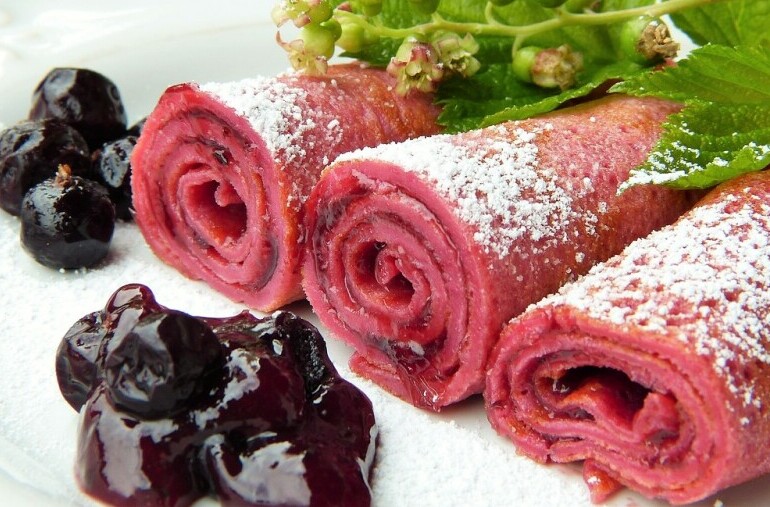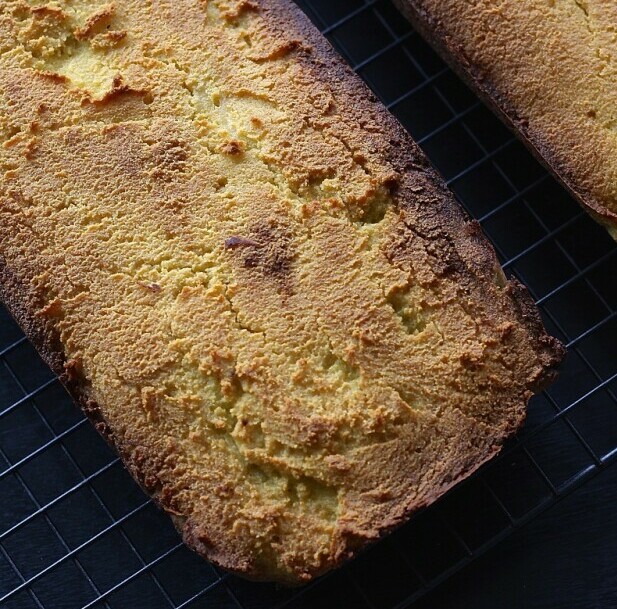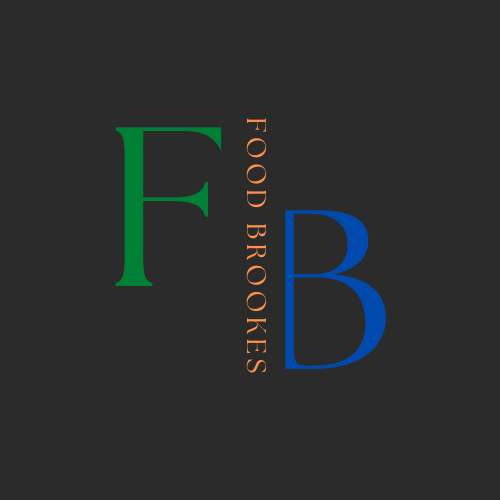I welcome you warmly if you’re venturing into the world of gluten-free baking. Whether you’re addressing health concerns, catering to dietary preferences, or simply exploring new culinary horizons, gluten-free baking opens up a world of delicious opportunities.
Gluten is a protein which be found in wheat, barley, and rye. People might steer clear of gluten due to celiac disease, gluten sensitivity, or personal health choices. Whatever the reason, the good news is that gluten-free doesn’t mean taste-free, especially with the burgeoning scene of gluten-friendly recipes in kitchens today.
Health is at the heart of this lifestyle choice. For some, going gluten-free is essential for managing symptoms and promoting digestive wellness. Beyond health, the creativity unleashed by gluten-free baking is turning heads with innovative approaches to classic treats.
What’s essential is having the right foundation, and that starts with understanding gluten-free flour blends. In the next section, I’ll guide you on how to whip up your own gluten-free flour mix, peel back the layers of mystique surrounding xanthan and guar gums, and ensure you have the tools you need for fail-proof gluten-free baking. Stick with me, and you’ll be an expert in no time.
The Basics of Gluten-Free Flour Blends
Stepping into the world of gluten-free baking, one quickly learns that the heart of any successful recipe lies in selecting the right flour blend. Unlike traditional flours that rely on gluten to provide elasticity and structure, gluten-free flours need a different approach to mimic these properties.
A good starting point is familiarising yourself with the most commonly used ingredients. Often rice flour (white and brown), is base for many blends for gluten free baking due to its flavour and texture. Then you’ll find starches like potato, beetroot, and tapioca, which lend lightness and help with binding.

For those who enjoy experimenting in the kitchen, crafting your own gluten-free flour mix can be both rewarding and practical. A simple formula is to combine a base flour such as rice or sorghum with a couple of starches in the right proportions. Be mindful that every blend can behave differently depending on the recipe.
One cannot underscore enough the significance of xanthan gum and guar gum. These ingredients act as substitutes for gluten, providing the stickiness and elasticity needed for most baked goods. Remember, though, a little goes a long way.
When it comes to measuring your gluten-free flours, precision is KEY. A kitchen scale will be your trusted ally, as gluten-free baking is less forgiving than its wheat-based counterpart. Accurate measurements ensure consistency and prevent common pitfalls such as overly dense or dry results.
Top Gluten-Free Baking Recipes for UK Home Cooks
Breaking into the world of gluten-free baked delights, it doesn’t take long to realise traditional British bake-off champions can be just as tantalising without the gluten. Starting with the classics, a gluten-free Victoria Sponge Cake takes centre stage. By substituting wheat flour with a well-balanced gluten-free blend, the end result is a sponge that’s light, airy, and perfect with a cup of tea.
Savoury treats such as gluten-free onion Scones are a must-try. Make sure you stick to the ratios provided in gluten-free recipes, as the consistency of the dough can be quite different from what you’re used to. But don’t worry, the flavour remains undeniably British and pairs beautifully with a hearty soup.
No baking roundup would be complete without the mention of brownies. Indulging in Gluten-Free Chocolate Fudge Brownies that have a crackly top and a gooey centre is a chocolate lover’s dream. The secret is in the quality of chocolate used and the timing. Make sure you don’t over-bake as gluten-free bakes tend to set as they cool.
Achieving perfection in gluten-free baking comes down to technique as much as the recipe. Your sponges need to be well-aerated with enough rising agent to give you that familiar texture. Don’t cut corners with mixing; invest time to ensure a uniform and smooth batter.
Adapting your favourite traditional treats to be without gluten may seem daunting. Fret not, because it’s about small, thoughtful adjustments. Once you understand how gluten-free flour variants behave differently, you can start tweaking with confidence.
Staying true to the specialties of baking, with practice, you’ll find that these gluten-free recipes don’t just emulate their glutenous counterparts—they stand on their own with equal praise.
Advanced Tips and Troubleshooting for Gluten-Free Baking
Now, I’ll share some expert advice to elevate your gluten-free baking. These insights will help you avoid common setbacks and guarantee success.
A frequent challenge is achieving the right texture, as gluten-free baked goods can be crumbly or dense. To navigate this, it’s crucial to find the right balance of wet and dry ingredients. Don’t be afraid to adjust recipes slightly based on the dough or batter consistency.
Another key factor is oven temperature. Gluten-free bakes often require a slightly reduced temperature to prevent over-browning or drying out. If your creation isn’t rising as expected, a lower temperature could make a big difference.

When it comes to decorating, embrace the simplicity of natural ingredients. Garnish with fresh fruit, nuts, and gluten-free confectioner’s sugar for a touch of elegance.
Storing gluten-free baked goods can be tricky. To maintain freshness, wrap them tightly. Consider freezing if you’re keeping them for more than a couple of days.
For more gluten-free baking guidance, local baking communities online are excellent resources. Be sure to check out local libraries or bookstores for cookbooks specialising in gluten-free recipes, too. For any, comments please the comment section, otherwise contact us for more information
